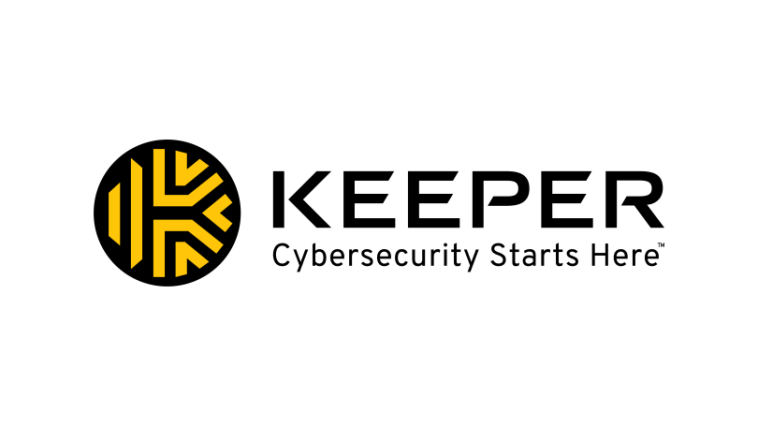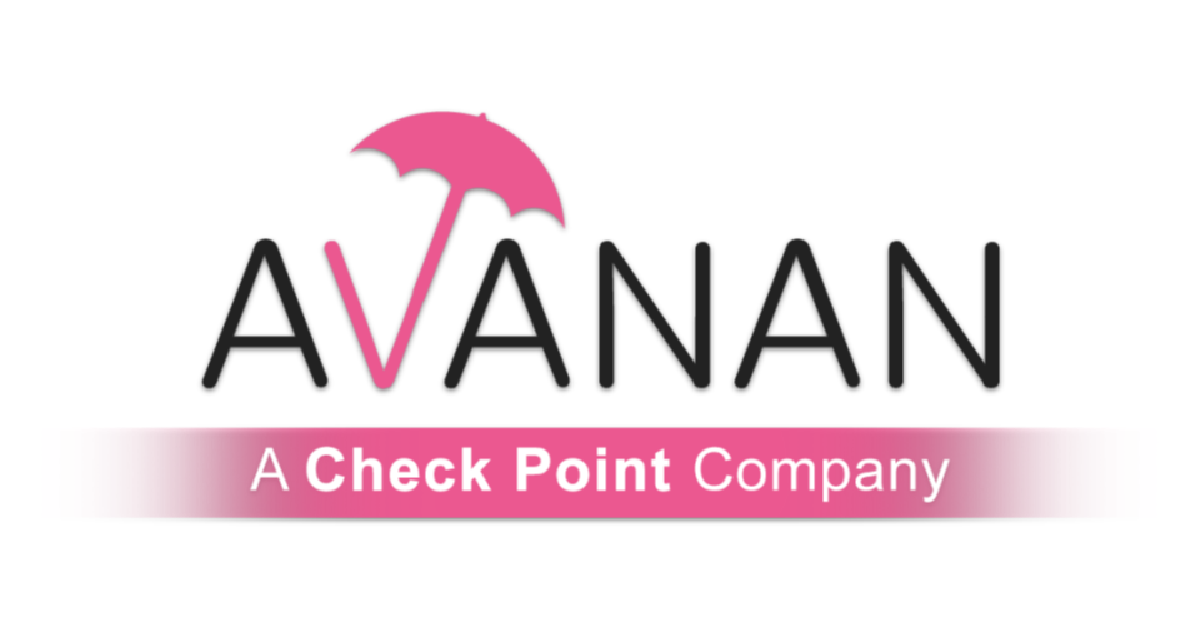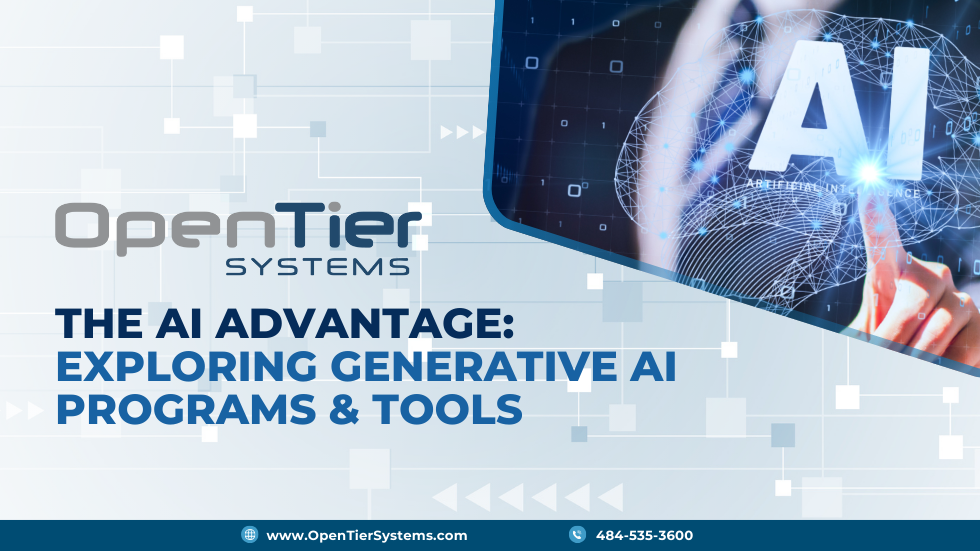Generative AI is revolutionizing creative processes and operational efficiencies across multiple industries. By automating content creation and enabling rapid prototyping, these tools empower businesses to innovate faster than ever before. In this article, we explore the diverse types of generative AI programs, their key features, and practical applications.
1. Text-Based AI
Text-based AI tools are designed to generate human-like text. They can create content ranging from simple emails and reports to complex narratives and code. The primary advantage is their ability to streamline communication and content production.
- Applications:
- Content Creation: Automate blog posts, social media updates, and marketing copy.
- Email Drafting: Personalize and expedite customer communications.
- Coding Assistance: Provide code snippets, debugging suggestions, and even complete modules.
- Examples:
- ChatGPT (OpenAI): Known for its conversational abilities and natural language understanding.
- Claude (Anthropic): Excels in producing contextually rich and nuanced text.
- Google’s Gemini: Offers adaptability across various business contexts.
- Microsoft’s Copilot: Seamlessly integrates with development tools to enhance coding productivity.
2. Image & Art Generation AI
Image & Art Generation AI transforms textual prompts into detailed and visually appealing images. This capability is particularly valuable for design, marketing, and creative industries.
- Applications:
- Marketing Materials: Quickly generate visuals for ad campaigns or social media.
- Design Prototyping: Allow non-designers to explore creative ideas without extensive training.
- Digital Art: Provide artists with innovative ways to experiment with styles and concepts.
- Examples:
- DALL·E (OpenAI): Generates images from descriptive text with remarkable detail.
- MidJourney: Produces stylized, artistic visuals that push creative boundaries.
- Stable Diffusion: Focuses on generating high-resolution images with consistency.
- Adobe Firefly: Integrates with creative suites to enhance design workflows.
3. Audio & Voice AI
Audio & Voice AI tools generate and manipulate sound, offering capabilities such as realistic voice synthesis, speech-to-text conversion, and even music composition.
- Applications:
- Virtual Assistants: Create engaging and lifelike digital assistants.
- Podcasting & Audiobooks: Automate narration or provide voiceovers for multimedia content.
- Language Translation: Enhance communication in multilingual environments.
- Examples:
- ElevenLabs: Specializes in lifelike voice synthesis and customization.
- OpenAI’s Whisper: Recognized for its accurate transcription and speech recognition.
- Amazon Polly: Converts text to speech with a wide array of voices and languages.
4. Video AI
- Applications:
- Marketing & Advertising: Create personalized video messages and dynamic ad content.
- Entertainment: Automate editing and special effects to streamline production.
- Training & Education: Develop engaging visual content for learning and development.
- Examples:
- Synthesia: Produces AI-generated avatars for video messaging.
- RunwayML: Offers robust editing tools for filmmakers and content creators.
- Pika Labs: Enhances storytelling through AI-powered video manipulation.
Video AI encompasses tools that generate, edit, and enhance video content. These tools can automate the creation of animations, deepfakes, and dynamic video presentations.
5. Code Generation AI
For developers, code generation AI is a game-changer. These tools provide real-time code suggestions, error corrections, and optimization tips, significantly accelerating the software development lifecycle.
- Applications:
- Development Efficiency: Automate repetitive coding tasks and streamline development workflows.
- Error Reduction: Improve code quality by identifying issues early in the development process.
- Innovation: Allow developers to experiment with new approaches by automating boilerplate code.
- Examples:
- GitHub Copilot: Integrates directly with coding environments to offer context-aware suggestions.
- Amazon CodeWhisperer: Supports multiple programming languages and helps optimize code.
Generative AI programs are not only tools for content creation but are catalysts for innovation across diverse sectors. By understanding the unique strengths of text, image, audio, video, and code generation AI, businesses can leverage these technologies to drive creativity, improve operational efficiency, and gain a competitive edge in today’s dynamic market.


































